Summary
Enigmatic Origins
Amidst the sands of Egypt, the Sphinx of Tanis intrigues historians and tourists alike with its enigmatic appeal. Not as renowned as its Giza counterpart, this Sphinx remains a mystery, its origins shrouded in the mists of time. Carved from a single slab of granite, it now resides in the Louvre Museum, captivating onlookers with its intricately carved features and regal bearing. Tales of its discovery in the Temple of Amun in Tanis whisk us to an era of pharaohs and grandeur, hinting at untold stories between the lines of hieroglyphs etched on its surface.
Get your dose of History via Email
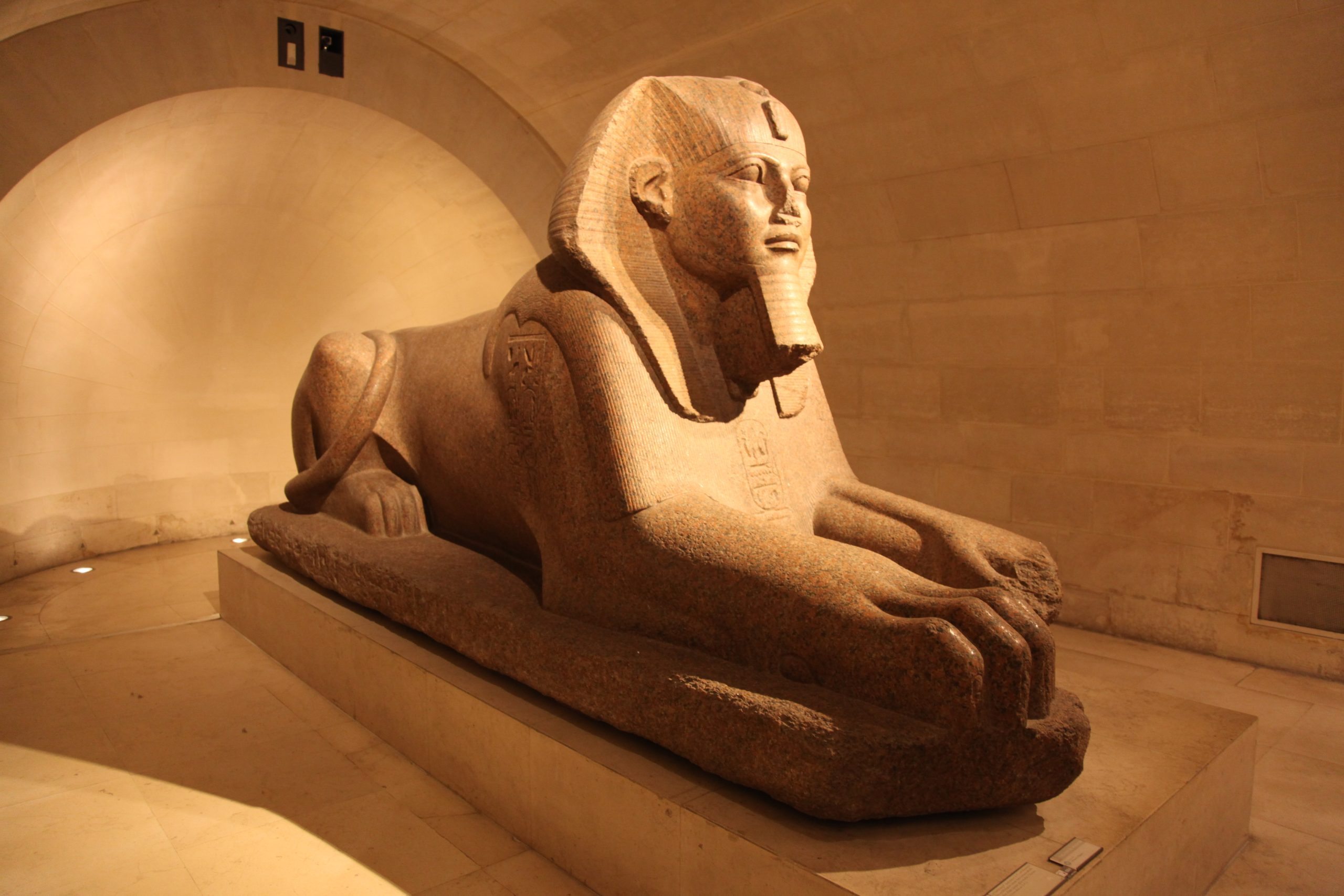
Sphinx: A Symbol of Might
The Sphinx, in ancient Egyptian culture, signifies the unification of physical strength and intellectual prowess. The opulent lion’s body coupled with the noble human head serves as an enduring symbol of a pharaoh’s power, composed to guard sacred spaces and ward off malign forces. This Sphinx of Tanis, though less colossal than others, is similarly imbued with cultural importance, its presence a testament to the sophisticated artistry and spiritual beliefs of its creators. Its existence elevates our understanding of Egyptian symbolism and the importance of such monoliths in antiquity.
Architectural Marvel
Anchoring its legacy in art and architecture, the Sphinx of Tanis reflects the remarkable prowess of ancient craftspeople. Its creation – devoid of modern tools or technology – underscores their skilled precision and the enduring nature of their work. Over centuries, the Sphinx has seen civilizations rise and fall, bearing witness to millennia of human history. Today, this artifact inspires awe and scholarly inquiry, as each examination unearth’s deeper insight into its construction, preserving the Sphinx within our cultural consciousness and ensuring its narrative endures for generations to come.
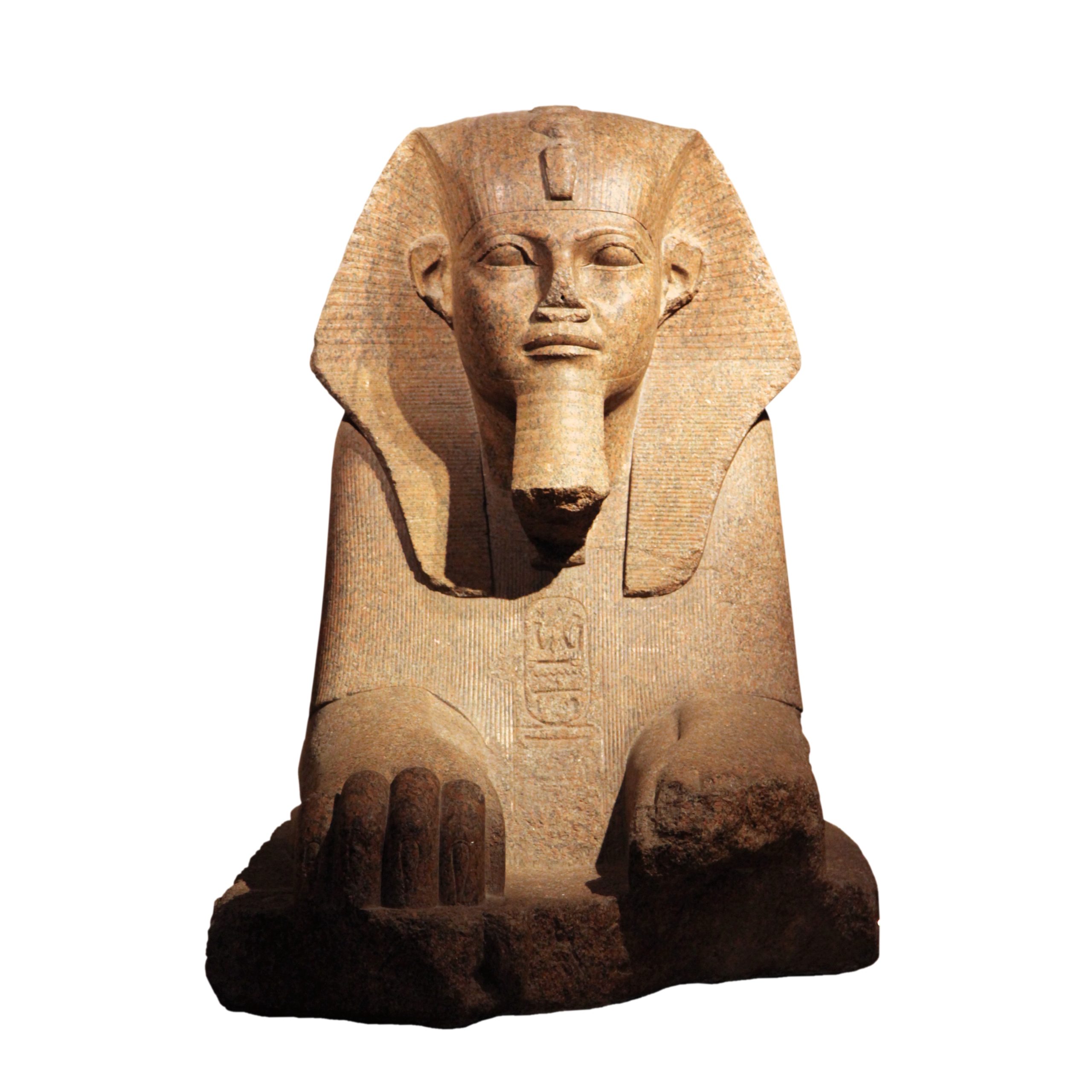
Historical Background of The Sphinx of Tanis
Encapsulating the artistry and enigma of ancient Egypt, the Sphinx of Tanis stands as a lesser-known yet significant relic of the past. Unlike its famous counterpart in Giza, the Sphinx of Tanis has captured the curiosity of many due to its less clear history. Discovered amidst the ruins of the Temple of Amun at Tanis, this granite marvel bears the likeness of Pharaoh Amenemhat II. It now resides in the esteemed halls of the Egyptian collection at the Louvre Museum, seducing history buffs with its silent narrative and mysterious origins.
Discovery and Significance
The Sphinx of Tanis was unearthed in 1825 by the French archaeologist Auguste Marriette. His excavation at Tanis, an ancient capital during the 21st and 22nd dynasties, revealed this impressive sculpture. It has since been a topic of cultural analysis, as it illustrates the continuity of Egyptian tradition across dynasties. The inscriptions on the sphinx indicate praise for the pharaohs Amemhet II, Merneptah, and possibly others, suggesting it was a respected symbol throughout multiple reigns.
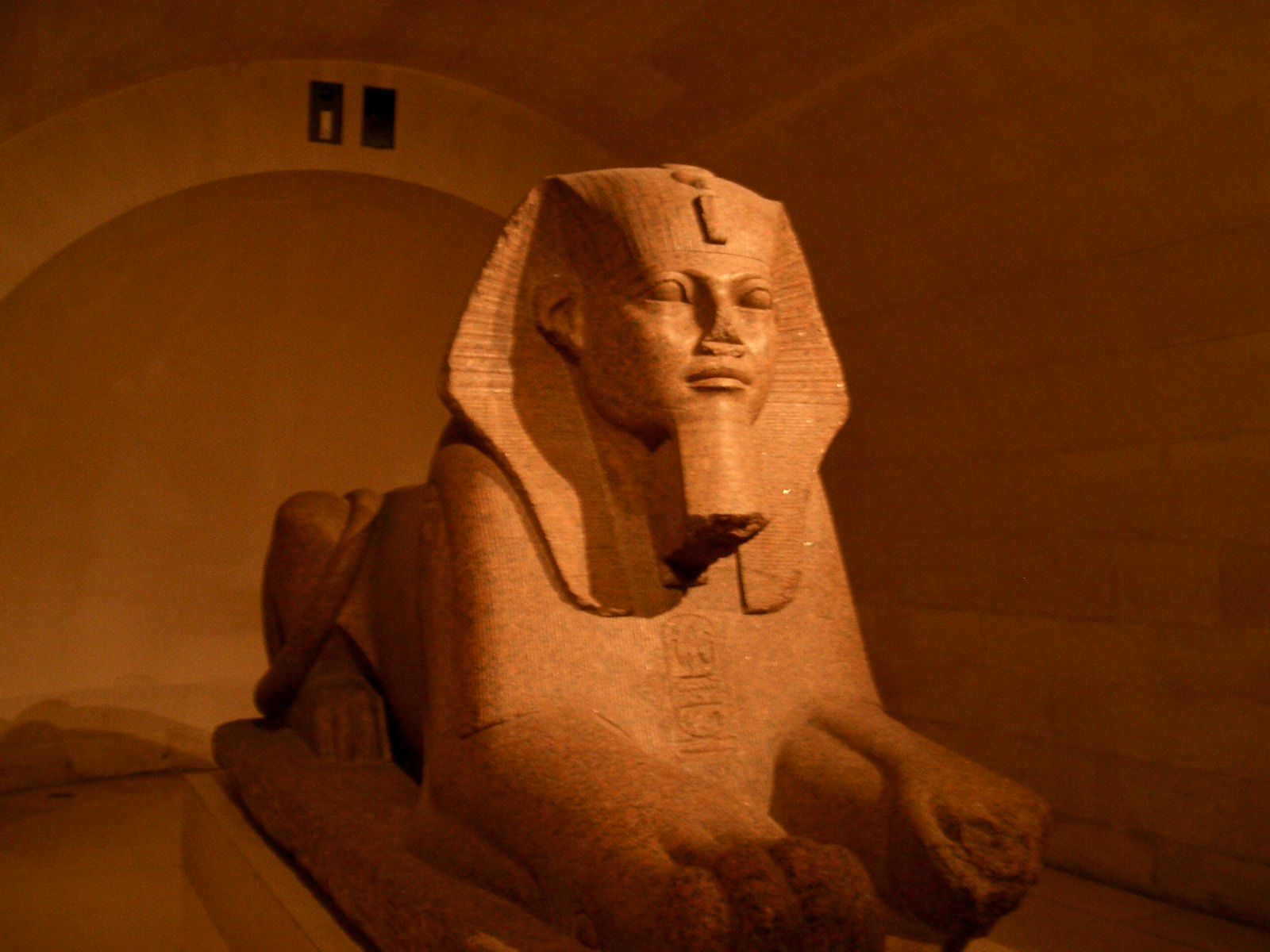
An Emblem of Power
Egyptian sphinxes have always blended human wisdom with the lion’s majestic form, reflecting the pharaoh’s combined qualities of intellect and might. This amalgamation of man and beast, intended to protect and watch over sacred sites, demonstrates the reverence Egyptians held towards their rulers. As such, the Sphinx of Tanis not only served as an architectural masterpiece but also functioned as a spiritual guardian, embodying the protection sought by the pharaohs in life and death.
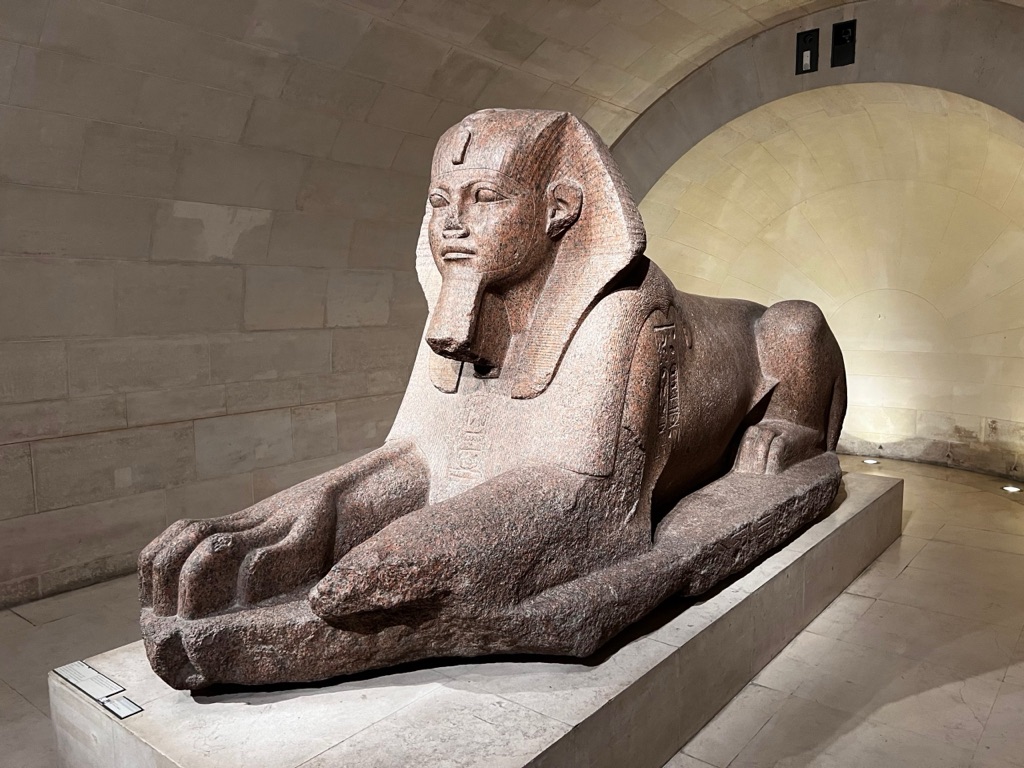
Artistic Triumphs
Fashioned from a resilient block of rose granite, the Sphinx of Tanis showcases the expert craftsmanship of ancient Egyptian artisans. The harmonious proportions and detailed execution highlight their ability to create timeless works without modern techniques. It’s a vivid testament to their unrivaled skill in stone carving—a craft that could shape the hardest of materials into a lifelike representation of royal power with nothing but simple tools and unwavering patience.
Today, the Sphinx of Tanis continues to beguile experts and laypeople alike. Its serene expression and polished surfaces transport us back to an epoch where divine kingship was celebrated, and art held sacred significance. The Sphinx of Tanis not only represents a puzzling piece of history but also stands as proof of the legacy and durability of ancient Egypt’s cultural and artistic achievements, captivating yet another generation of admirers and scholars eager to unravel its lasting secrets.
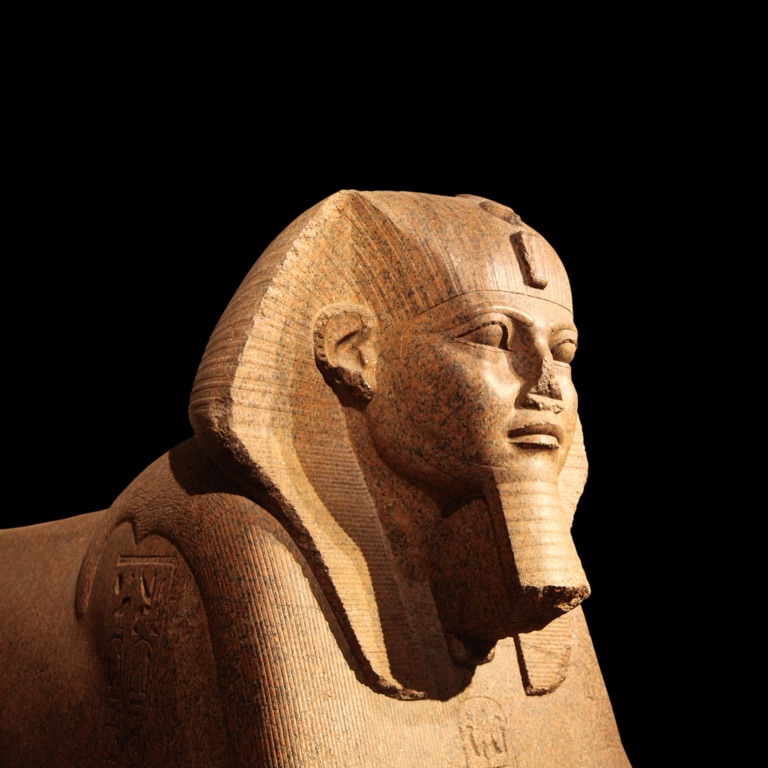
The Discovery of The Sphinx of Tanis
In the temple ruins of the ancient city of Tanis, the intriguing Sphinx of Tanis lay buried beneath the sands for centuries. It wasn’t until the 19th century that this remarkable artifact would re-emerge into the light of day. Dust and time had shrouded its granite magnificence, concealing a piece of history waiting to be retold. The discovery of this statue was monumental, not only for the field of Egyptology but also for the broader understanding of ancient Egyptian civilization.
An Archaeological Breakthrough
It was Pierre Montet, a prominent French Egyptologist, whose dedication and effort brought the Sphinx of Tanis to light. His persistent digs at Tanis from 1929 to 1956 proved fruitful. Unexpectedly in 1939, amidst the shadows of World War II, Montet’s team unearthed the Sphinx, offering a glimpse into a past as splendid as it was mystical. This discovery punctuated his career, casting light not only on the sphinx but also on the entire city of Tanis and its bygone days of glory.
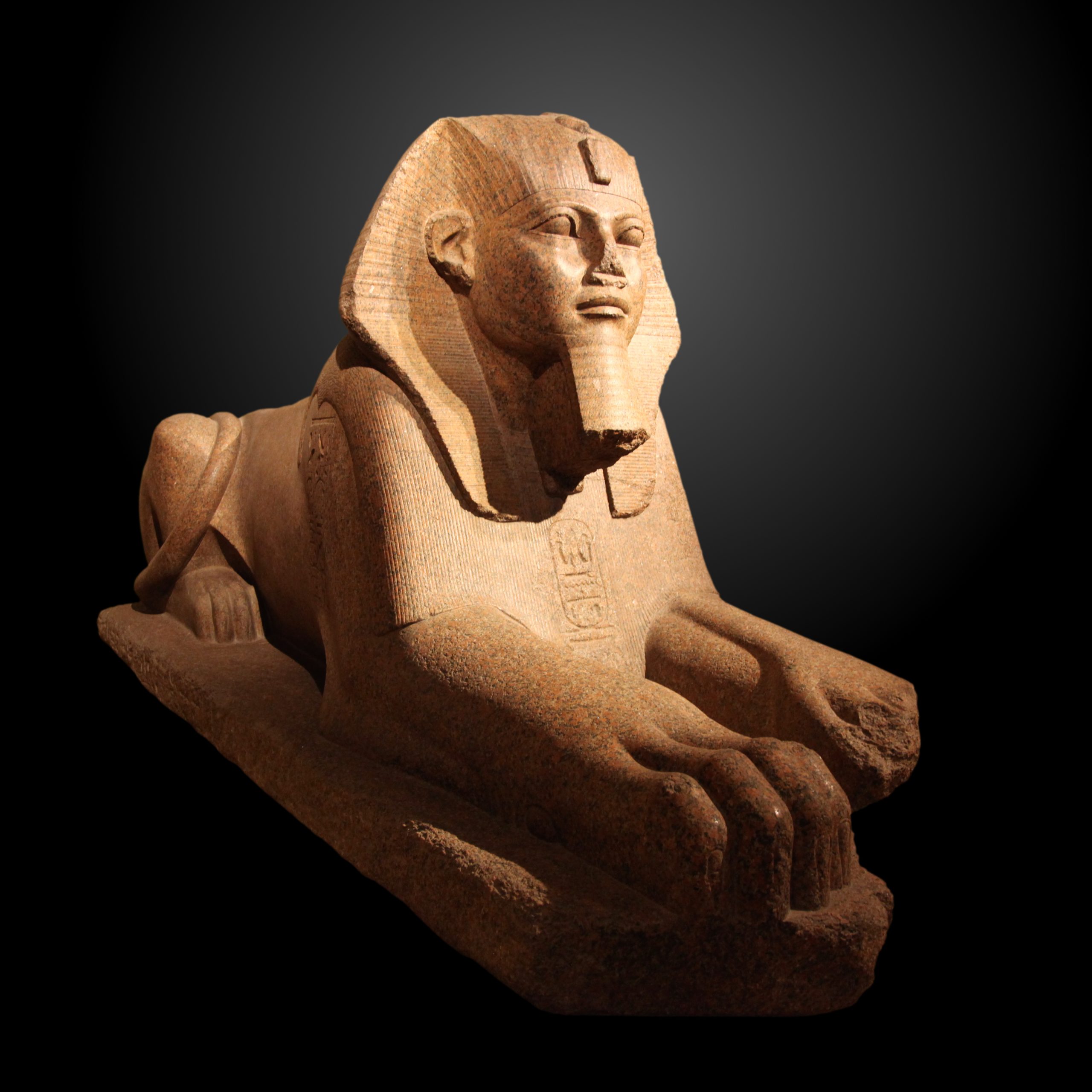
Unlocking Tanis’s Secrets
The discovery of the sphinx played a key role in understanding the geography and history of its home city, Tanis. Often described as the ‘Thebes of the North,’ Tanis was an important political and religious center. The Sphinx, with its intricate inscriptions, offered clues that went far beyond its own reign, marking dynastic shifts and religious transformations within the ancient kingdom.
Egyptology’s Treasured Find
Finding the sphinx also offered material evidence of past rulers and cultures, interpolating its place in the tapestry of ancient Egyptian lineage. Inscriptions revealed that it bore the marks of multiple pharaohs, suggesting a lineage that included names like Psusennes I. This revelation provided a tangible connection across epochs, fortifying the historical narrative of a civilization once lost to the sands of time.
In sum, the Sphinx’s emergence from the sands marked a turning point in our comprehension of ancient Egypt’s intricate history. Today, it stands not only as a monument to the past but also as a beacon that continues to illuminate the depths of a civilization that has shaped much of human history. The Sphinx of Tanis invites us to look back in awe and continue to seek the stories etched in stone by those who came before us.
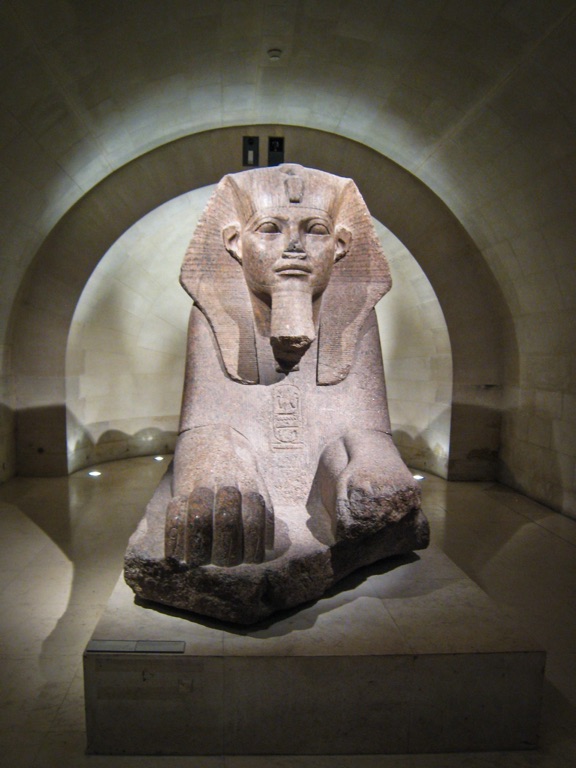
Cultural Significance, Dating methods, Theories and Interpretations
The Sphinx of Tanis is more than an ancient statue; it’s a cultural beacon illuminating the rich tapestry of Egyptian civilization. The monument’s significance lies not only in its grandeur but also in what it represents: a confluence of mythology, religion, and royal propaganda. From its lion’s body symbolizing strength to the human head representing intelligence, the Sphinx embodies the dual nature of the Pharaoh’s power. The cultural ethos of the time revered such depictions, which communicated the divine right of kings and their close association with the gods.
Deciphering the Sphinx’s Age
While the exact date of the Sphinx of Tanis’s creation remains a matter of scholarly debate, experts have pieced together a rough timeline using various dating methods. They’ve analyzed stylistic features and hieroglyphic inscriptions, comparing these with other known artifacts and historical records. Radiocarbon dating of surrounding materials also offers clues, placing its origin somewhere in the Middle Kingdom. These methods collectively contribute to our understanding of the Sphinx’s place in history, even as they leave room for further inquiry and interpretation.
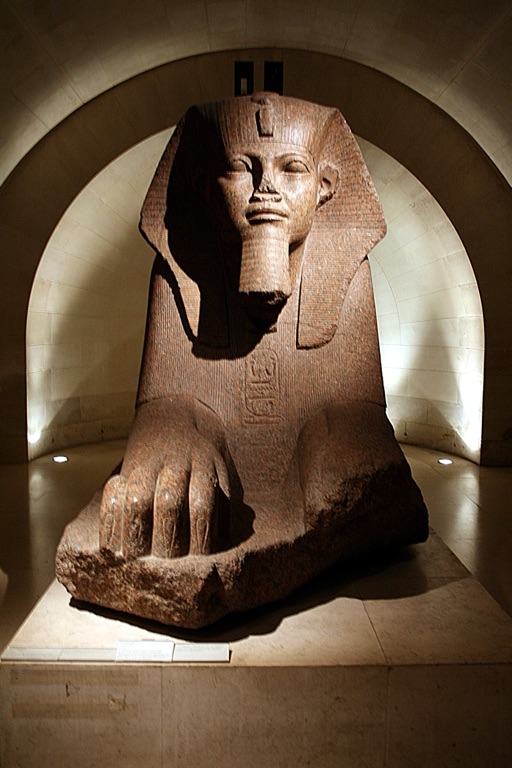
Varied Theories on Origins
Scholarly conjecture abounds regarding the Sphinx’s original location and purpose. Some argue it may have graced a royal palace or served as a guardian at a temple’s entrance. Others maintain it was repurposed over the centuries, its features reshaped to fit the likenesses of successive pharaohs. Each theory is a thread in the weaving of the past, signaling different aspects of its journey from reverence to obscurity and back into the light of modern rediscovery.
Interpreting Hieroglyphic Messages
The Sphinx’s hieroglyphs are rich with meaning and offer a window into the beliefs and societal structures of the time. These inscriptions, chronicling the names and titles of various rulers, convey the Sphinx’s connection to royal lineage. They also illustrate the dynamic nature of Egyptian society, where divine authority was paramount. The texts etched onto the Sphinx have posed significant interpretative challenges, yet they offer compelling evidence of its historical prominence and religious connections.
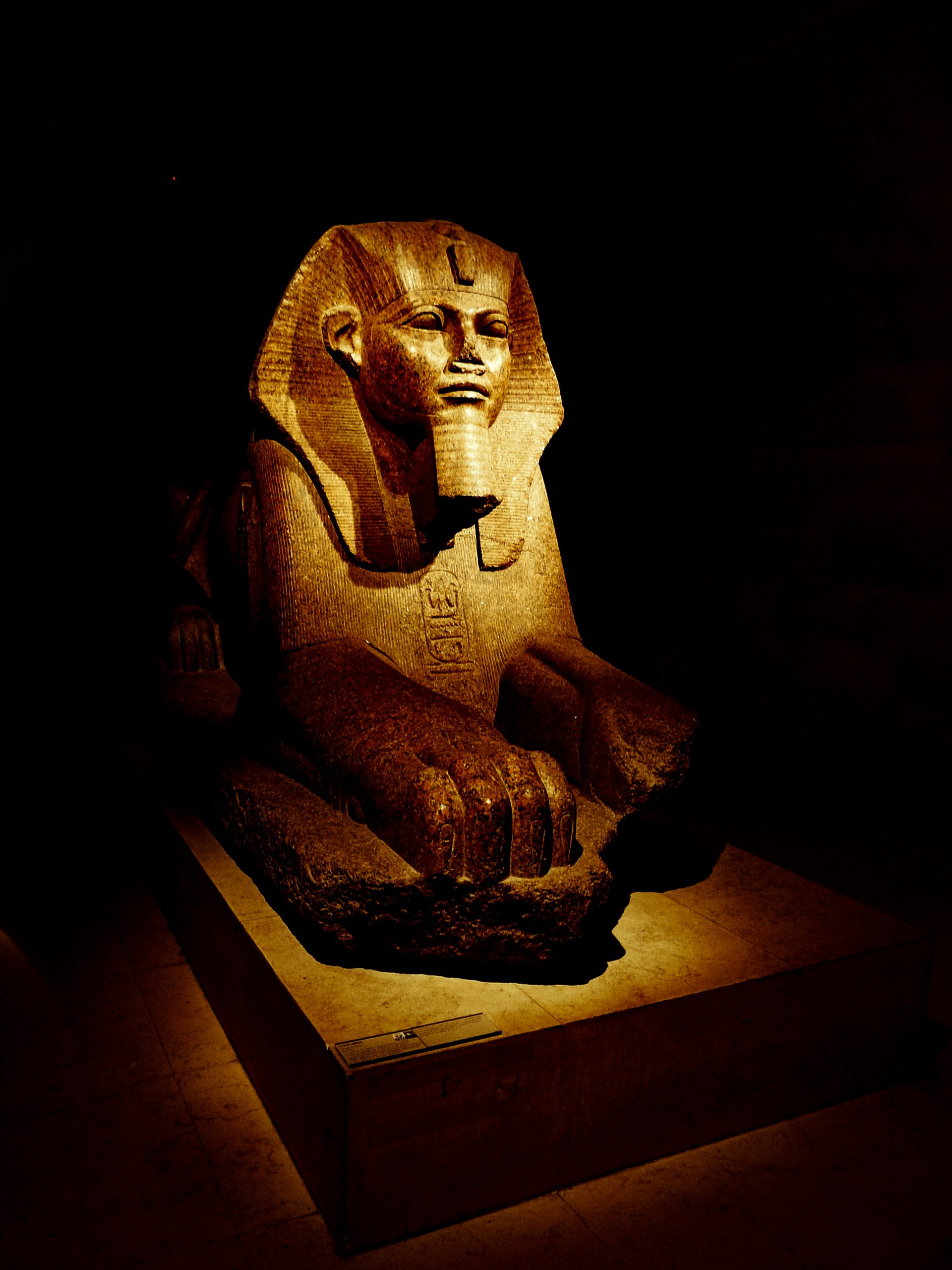
Overall, the Sphinx of Tanis remains a subject of ever-evolving study, embodying the essence of an ancient culture. Its cultural and historical importance, coupled with the myriad theories and interpretations surrounding its existence, underline its value as a relic of antiquity. The Sphinx invites ongoing exploration, prompting us to delve deeper into the past in our quest to unravel the mysteries of a civilization that continues to fascinate the world.
Conclusion and Sources
The exploration into the Sphinx of Tanis reveals a genuine testament to the inventive spirit and religious fervor of ancient Egyptian culture. From its mysterious origins to its symbolic portrayal of power, the Sphinx continues to be a focal point of admiration and study. Its cultural relevance, marked by stylized grandeur, remains undiminished by time. The ongoing scholarly debate about its age, meaning, and original intent enriches our understanding of a civilization that has profoundly influenced human history. Thus, the Sphinx of Tanis stands not only as a monument of antiquity but also as a perpetual source of historical and cultural inspiration.
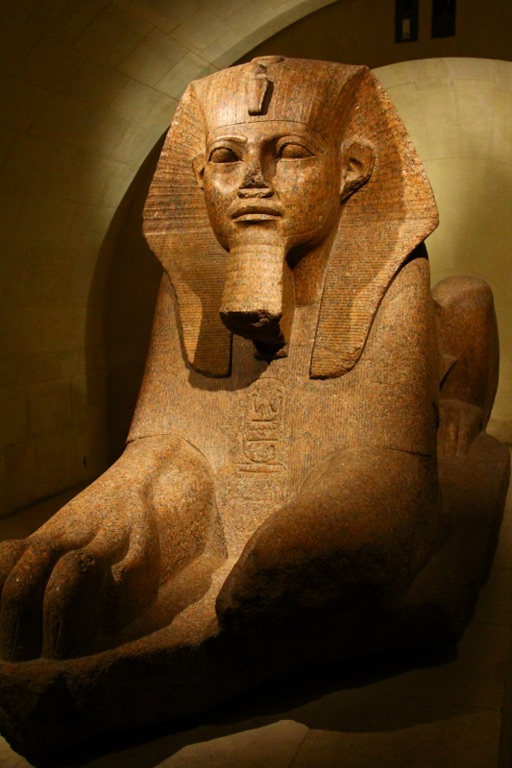
For further reading and to validate the information presented in this article, the following sources are recommended:
Or you can check any of these reputable archaeological and historical texts:
Zivie, A. (1987) ‘The Lost Pharaohs of Tanis’, Scientific American, 256(1), pp. 40-48.
Montet, P. (1960) ‘Tanis: Douze années de fouilles dans une capitale oubliée du delta égyptien’, Fayard.
Arnold, D. (1999) ‘The Temple of Mentuhotep at Deir el-Bahari’, The Metropolitan Museum of Art Bulletin, New Series, 57(1), pp. 5-48.
Schneider, T. (2000) ‘Shoshenq I and biblical Šîšaq: A philological defense of their traditional equation’, in Bietak, M. (ed.) The Synchronisation of Civilisations in the Eastern Mediterranean in the Second Millennium B.C. II, Verlag der Österreichischen Akademie der Wissenschaften, pp. 217-238.
Meyerson, D. (2010) ‘The Sphinx that Traveled to Philadelphia: The Story of the Colossal Sphinx in the Penn Museum’, University of Pennsylvania Press.
FAQ: The Great Sphinx of Tanis
Who made the Great Sphinx of Tanis?
The Great Sphinx of Tanis, like many ancient Egyptian artifacts, has a somewhat mysterious origin, with its creator remaining unknown. It is believed to have been made for a pharaoh, as it bears royal insignia and features characteristic of pharaonic portraiture. However, the specific pharaoh it was intended to represent or who commissioned it is not definitively identified. Over time, it has been associated with several pharaohs due to the practice of re-inscribing older monuments with the names of later rulers. The inscriptions found on the Sphinx of Tanis mention names of various pharaohs from the Middle and New Kingdoms, making it difficult to ascertain its original commissioner.
How old is the Great Sphinx of Tanis?
The Great Sphinx of Tanis is estimated to date back to the Old Kingdom of Egypt, specifically to the era of the Middle to Late Dynasty 4, which would place it around 2600 to 2500 BCE. However, due to the lack of specific historical records regarding its construction and the practice of reusing monuments in ancient Egypt, pinpointing an exact date remains challenging. The inscriptions from later pharaohs found on the statue suggest it was revered and maintained long after its original creation.
When did the Louvre acquire the Sphinx of Tanis?
The Louvre Museum in Paris, France, acquired the Sphinx of Tanis in 1826. It was part of a large collection of artifacts brought to France from Egypt during the 19th century, a period marked by significant European interest in Egyptian antiquities. The acquisition was facilitated by the efforts of French scholars and archaeologists who were part of the scholarly expedition that accompanied Napoleon’s military campaign in Egypt at the turn of the 19th century, although the sphinx itself was acquired several years after the campaign.
What is the Great Sphinx of Tanis made from?
The Great Sphinx of Tanis is carved from granite, a material known for its durability and widespread use in ancient Egyptian monumental architecture and sculpture. Granite allowed for the detailed carving of the sphinx’s features and ensured its survival through millennia. The choice of granite also reflects the importance of the sphinx, as this material was typically reserved for significant works that were meant to last through the ages, including statues of pharaohs and gods, as well as important architectural elements.

